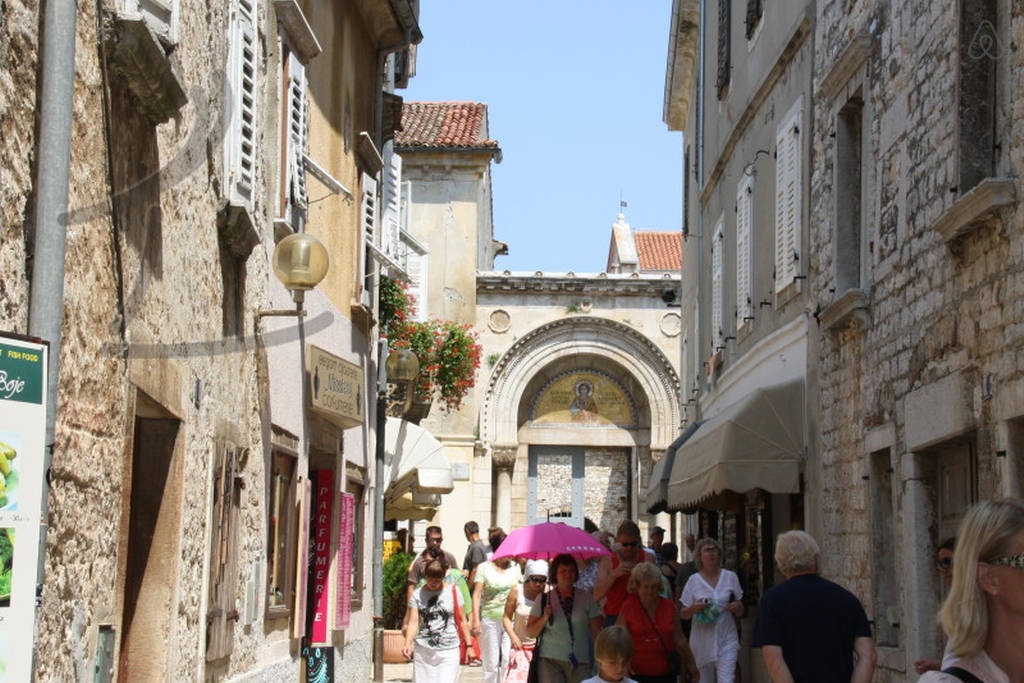
About porec
Porec Croatia is a small town on the west coast of Istria. The town has a long history dating back to roman times. The old town still has a typical roman street layout; it’s mostly symmetrical, with two main intersecting streets – Decumanus Maximus (stretching from east to west), and Cardo Maximus (stretching from north to south).
The most valuable cultural monument in Porec. It was built on the remains of an earlier tri-naval basilica, in the first half of the 6th century, during the period of Bishop Euphrasius, whose name it bears. Visitors’ tours are possible everyday except during religious rituals. It is possible to climb up to the steeple and view Porec and its surroundings. The complex of the Euphrasian Basilica represents a significant global monument acknowledged by UNESCO organisation in the year 1997.
Venetian-style houses dominate the old town.
By strolling through the city seek out the Northern Tower along Peškera Cove and continue southwards towards the Five-Starred Tower at the entrance to Decumanus Street and the Circular Tower with a view of the waterfront. Inside the former city walls you can visit the cathedral complex of the Euphrasiana, the House of Two Saints and the Romanic House while you can seek out evidence of life during ancient times near the oldest square, Marafor. You see, Poreč is proud to be home to the largest Roman shrine in Istria, the Mart Temple, to the north of which are the remains of the Temple of Neptune.
On your way back, at the intersection of two streets, Decumanus and Cardo, the gothic Zuccati, Manzinin and Leone Palaces were built as well as the baroque Sinčić, Polseni and Vergottini Palaces. Upon leaving the old city make sure to observe the elegant, neo-gothic style of the Municipal Palace.